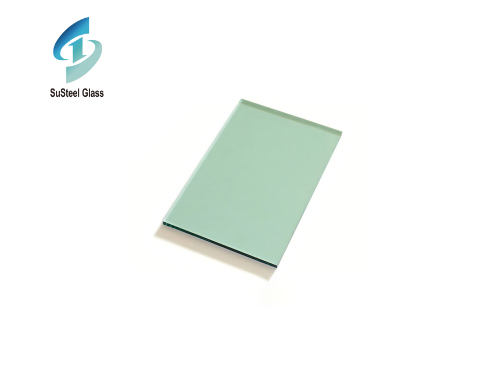Ultra thin glass, once a niche material, has now become a game-changer in various industries, offering unparalleled versatility and functionality. As advancements in glass manufacturing techniques continue to push the limits of thinness, the applications of
ultra thin glass have expanded exponentially, revolutionizing industries ranging from electronics to architecture.
One of the defining characteristics of ultra thin glass is its remarkable thinness, often measuring mere micrometers in thickness. Despite its slender profile, ultra thin glass maintains exceptional strength and durability, thanks to advancements in glass composition and manufacturing processes. This combination of thinness and durability opens up a myriad of possibilities for its utilization across diverse sectors.
In the realm of consumer electronics, ultra thin glass has become indispensable for the production of high-resolution displays, touchscreens, and flexible electronic devices. Its thin and lightweight properties make it an ideal substrate for displays in smartphones, tablets, and televisions, enabling manufacturers to create sleeker and more immersive devices. Furthermore, the flexibility of ultra thin glass allows for the development of bendable and rollable displays, paving the way for next-generation electronic devices with innovative form factors.
In the automotive industry, ultra thin glass is revolutionizing vehicle design by enabling the development of lightweight and aerodynamic automotive glazing solutions. Thinner glass windows and windshields contribute to reduced vehicle weight and improved fuel efficiency, while maintaining the required safety standards and optical clarity. Additionally, ultra thin glass laminates offer enhanced sound insulation and UV protection, enhancing the comfort and safety of vehicle occupants.
Moreover, ultra thin glass is making waves in the field of architecture and construction, where it is being used to create innovative facades, partitions, and interior design elements. Its transparency, strength, and adaptability allow architects and designers to push the boundaries of creativity, incorporating glass elements into buildings in unprecedented ways. Whether used as ultra-thin structural glazing or as decorative accents, ultra thin glass adds a touch of elegance and sophistication to modern architectural designs.
Beyond consumer electronics, automotive, and architecture, ultra thin glass finds applications in various other industries, including medical devices, solar panels, and wearables. Its versatility and adaptability make it a sought-after material for manufacturers seeking to push the boundaries of innovation and efficiency.
In conclusion, ultra thin glass represents a groundbreaking advancement in material science, unlocking new possibilities across a wide range of industries. Its combination of thinness, strength, and versatility is driving innovation and reshaping the way we perceive and utilize glass in modern technology and design. As research and development in glass manufacturing continue to progress, the potential applications of ultra thin glass are limitless, promising a future where thin is not just a dimension, but a gateway to endless possibilities.

 Exploring the World of Green Tinted Glass Products: Versatility and Sustainability
Exploring the World of Green Tinted Glass Products: Versatility and Sustainability
 Exploring the Versatility and Elegance of Custom Thick Glass
Exploring the Versatility and Elegance of Custom Thick Glass
 Unveiling the Strength and Versatility of Laminated Glass: Exploring Material Properties
Unveiling the Strength and Versatility of Laminated Glass: Exploring Material Properties
 Enhancing Safety with Blast Resistant Glass: Innovations, Applications, and Protective Solutions
Enhancing Safety with Blast Resistant Glass: Innovations, Applications, and Protective Solutions


